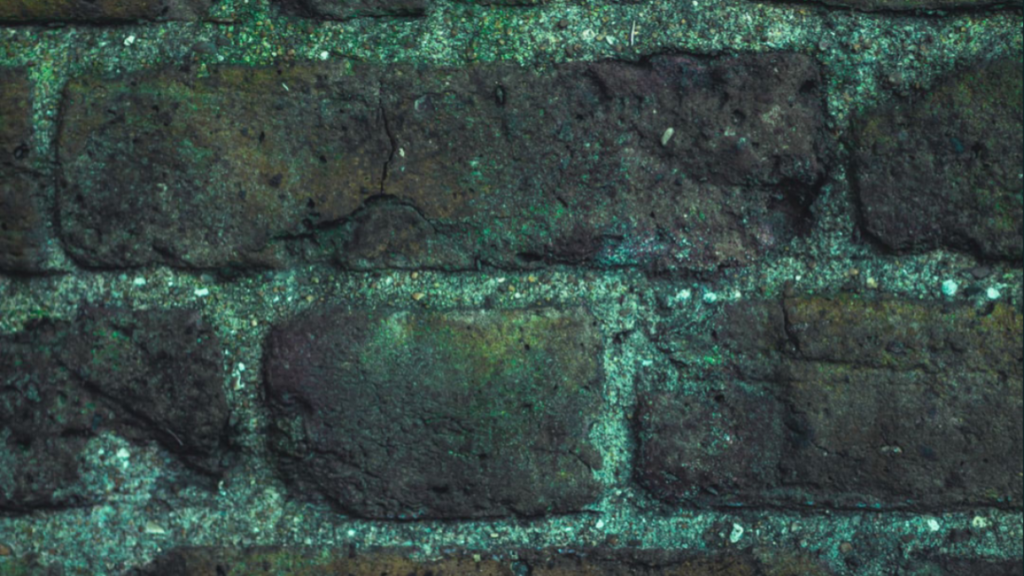In the United States, over 27 million houses contain crawl spaces. This is the space between the home’s first floor and the ground. It’s an area that many homeowners probably don’t think much about, but moisture in your crawl space can be a problem that needs attention. You may need to consider a waterproof crawl space.
Why Crawl Space Moisture Is a Problem
Half of the air within your home rises from your crawl space or basement, which means you and your family are breathing in whatever is contained in that air. Crawl space air carries mildew, mold spores, bacteria, and dust mites. Any wetness in the crawl space can also make it a breeding ground for mold and dry rot, which can harm your home’s foundation. Visible mold inside the home is a common reason for homeowners to contact waterproofing contractors. Mold causes unpleasant odors and can also affect your family’s health, since people with asthma or allergies may experience more severe symptoms when exposed to mold.
In addition, crawl space moisture problems can result in insect infestation and fungal rot in the wooden parts of your home’s structure. Along the East Coast of the United States, high humidity and ground water levels contribute to the proliferation of fungi and mold.
A waterproof crawl space doesn’t have these issues, since it prevents high moisture levels from getting into the living areas of your home.
Signs of a Crawl Space Water Problem
Sometimes you can easily spot signs of moisture in your crawl space, but other signs may not be as easy to detect. Here are several problems that this moisture can create in the upper levels of your house:
- Musty smell
- Mold
- Bent or collapsing hardwood floors
- Moisture and odor from carpets
- Higher energy costs
- Roof and shingles wearing out sooner than expected
How Does Crawl Space Waterproofing Work?
Experts recommend that crawl spaces be encapsulated, or sealed, to keep moisture problems from affecting the rest of the home. Crawl space encapsulation means protecting the inside from external sources of moisture; it is only necessary for spaces with dirt floors. When contractors encapsulate, dehumidify, and waterproof crawl spaces, they can usually eliminate moisture problems. Here are the four steps in this process:
- Install a sump pump and internal drainage system inside the crawl space.
- Put in a vapor barrier on the crawl space’s inside walls and floor to keep moisture out.
- Keep out humidity by sealing vents in the foundation.
- Set up a dehumidifier in the crawl space to reduce the amount of moisture. A dehumidifier improves the quality of the air that rises to your living space, and it decreases the potential for mold and mildew growth, as well as infestation from dust mites and other insects.
You’ll need experienced professionals to perform this exacting work; don’t try to do it yourself. Technicians who are well trained in waterproofing crawl spaces will inspect your home, and then create and install a system appropriate to your situation. They may recommend basement waterproofing in addition to crawl space waterproofing.
Crawl space moisture can create major problems in your home, such as mold-related health issues and damage to your foundation. It’s an issue you should deal with promptly. Call us today for a free estimate.


